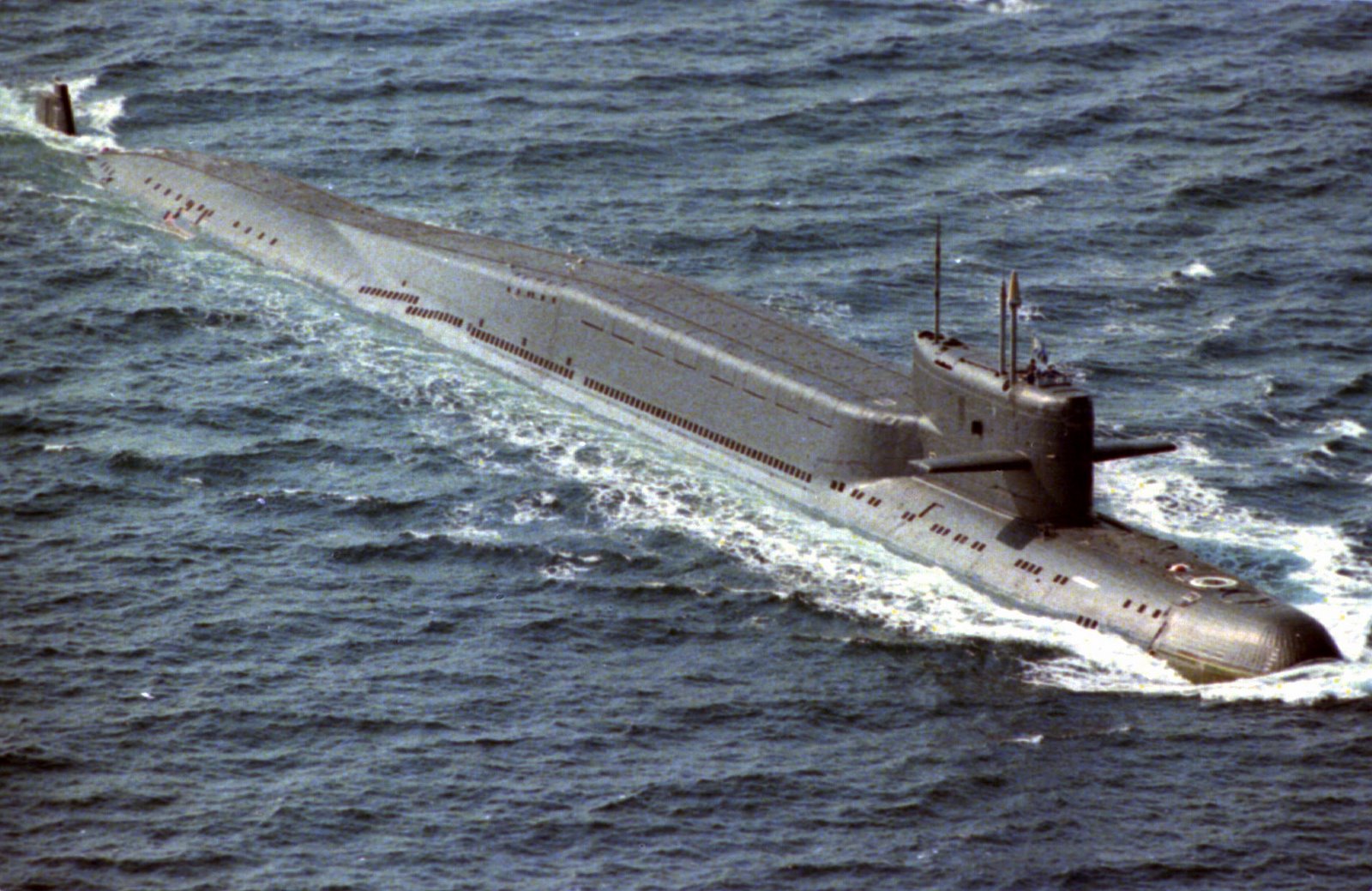The 6,000 tonne indigenously built nuclear powered submarine INS Arihant was launched in 2009. It was built entirely in India with Russian assistance and a second one is due to be constructed shortly. It will undergo trials over the next few years before being deployed and will be able to launch missiles at targets 700km (437 miles) away. Until now, only the US, Russia, France, Britain and China had the capability to build nuclear submarines.
Other Media Reports
India's First Nuclear Submarine Set For Trials
AFP Aug 7, 2012
India said its first home-built nuclear submarine was set for sea trials. The indigenous 6,000-ton INS Arihant (Destroyer of Enemies) was unveiled in 2009 as part of a project to construct five such vessels which would be armed with nuclear-tipped missiles and torpedoes.
"Arihant is steadily progressing towards operationalisation, and we hope to commence sea trials in the coming months," Indian navy chief Admiral Nirmal Verma told reporters. Our maritime and nuclear doctrine will then be aligned to ensure that our nuclear capability comes from the sea," Verma said,
Arihant is powered by an 85-megawatt nuclear reactor and can reach 44 kilometres an hour (24 knots), according to defence officials. It will carry a 95-member crew. The Indian navy inducted a Russian-leased nuclear submarine INS Chakra into service in April this year..
Admiral Verma said 43 warships were currently under construction at local shipyards, while the first of six Franco-Spanish Scorpene submarines under construction at Haldia, would join the Indian Navy in 2015 and the sixth by 2018.
The admiral said the navy was also poised to induct eight Boeing long-range maritime reconnaissance P-8I aircraft next year
TOI Report
New Delhi: The INS Arihant, India's indigenously-built nuclear-powered submarine which is capable of carrying nuclear missiles "will be going for sea-trials soon," Chief of Naval Staff, Admiral Nirmal Verma told reporters today in New Delhi.
The submarine is now the in last stage of testing. Sources have told NDTV that barring any major set-backs, the INS Arihant should be able join the Indian Navy within the "next 18 months".
The advent of INS Arihant into the fleet will complete the crucial link in India's nuclear triad - the ability to fire nuclear weapons from land, air and sea. Admiral Verma, however, refused to give details of the weapons package on board the nuclear submarine. "I will not want to get into the details" he said.
The sea-trial of the INS Arihant
was scheduled to start last year but was delayed
because of technical glitches.
The Defence
Research and Development Organization (DRDO)
announced last month that it has successfully
developed nuclear-tipped submarine-launched
ballistic missiles (SLBMs). Long shrouded in
secrecy, unlike surface-to-surface nuclear
missiles like Agni, the SLBM was a closely
-guarded secret while in development and was
called the 'Sagarika Project'. In all
probability, the INS Arihant will take this
missile on board. So far, countries like the US,
Russia, France, China and the UK have the
capability to launch a submarine-based ballistic
missile.
Although INS Arihant signifies a huge jump for the Indian Navy, the good news ends here. India's fleet of conventional submarines is fast depleting. India has 14 conventional submarines that run on either battery or diesel and are aging and outdated. Each of them will have completed the standard life-span of 25 years by 2017.
Admiral Verma admitted concern over the fact that upgraded versions have been grounded by bureaucratic delays.
At any given time, only seven submarines are available for deployment and are split on either coast. Seven submarines are mostly unavailable because they need to be serviced, refitted at increasingly short terms. Also, because the boats are aging fast, their lifespan need to be extended and therefore they are not deployed.
The Indian Navy's 30-year submarine programme, devised in 1988, envisaged buying six submarines from the West and countries in the East like Russia. India was to use the acquisition process to gain enough knowledge to build the next 12 submarines on its own. But Indian shipyards have largely been unable to either pick up the requisite technology or capability. Shipyards like the Hindustan Shipyard Limited which was originally supposed to build at least 3 submarines have been found to be incapable of building submarines.
The Indian Navy has now approached the government to be allowed to build two submarines in the shipyard of the foreign collaborator. "It is not exactly asking for importing two submarines. We are asking the government to allow us to build two submarines in their shipyard. In the long run it will be help our technicians gain expertise" and cut down in delays when building in India, Admiral Verma said.
